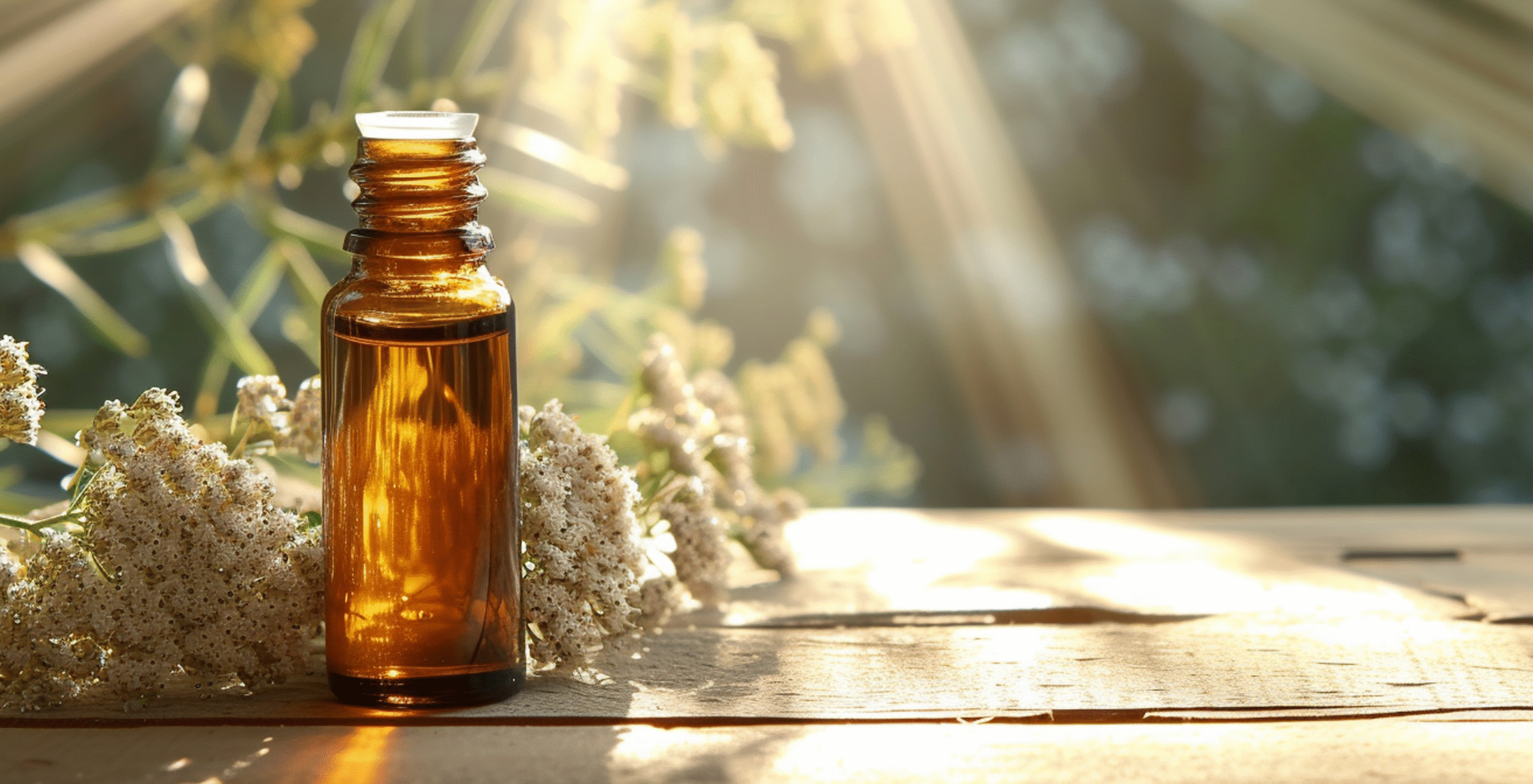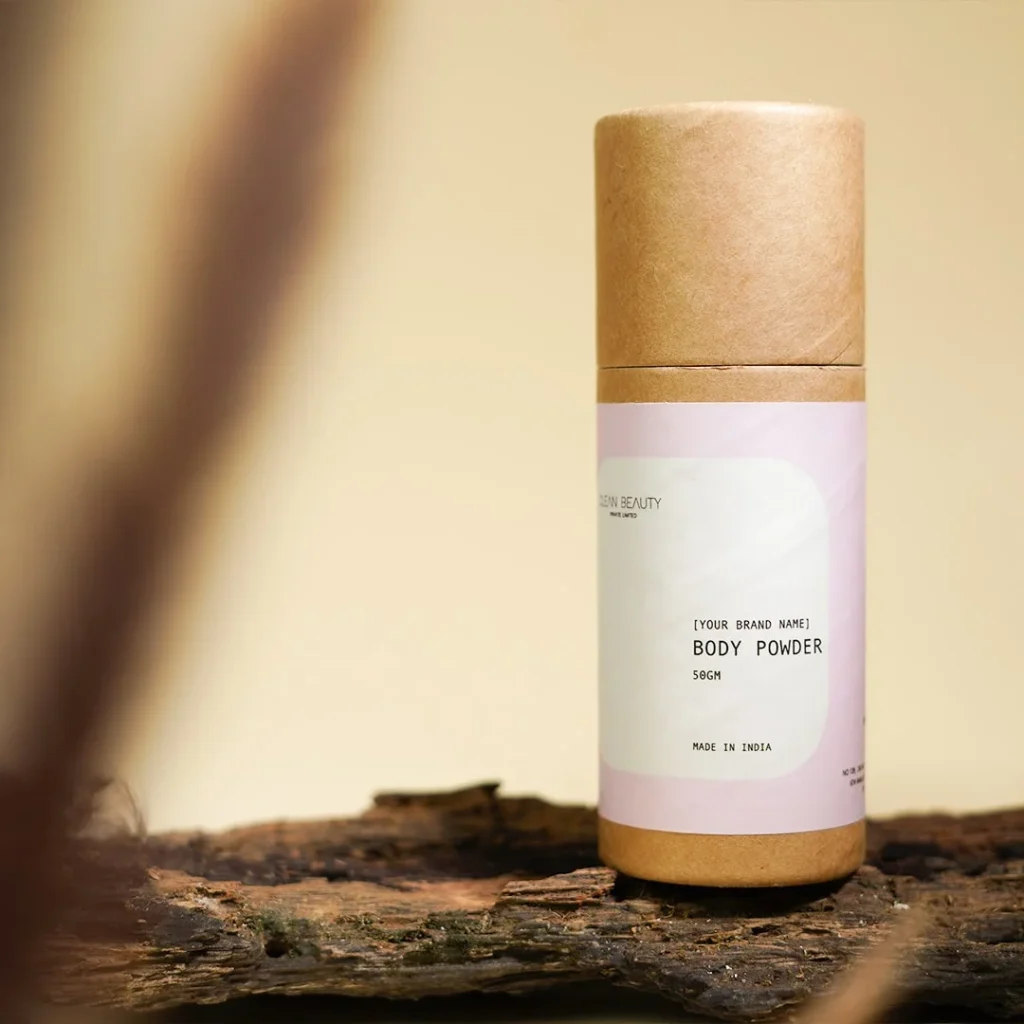Essential oils have become indispensable in natural skincare, wellness, and clean beauty formulations. From their therapeutic aromas to their potent botanical benefits, these concentrated plant extracts are key to many product ranges. But how are essential oils actually made? What methods preserve their purity, potency, and performance? And how can you ensure your skincare brand is using responsibly sourced, high-quality oils?
In this comprehensive guide, we unpack everything you need to know about essential oils extraction, from traditional techniques to modern innovations, plus the role of manufacturers in upholding quality standards.
What Are Essential Oils?
Essential oils are volatile aromatic compounds extracted from various parts of plants, including flowers, leaves, bark, roots, seeds, or peels. They are known for their intense fragrance and therapeutic properties, and are widely used in:
- Aromatherapy.
- Skincare and cosmetic products.
- Soaps and body care.
- Perfumes and candles.
Organic essential oils, in particular, are gaining popularity due to their non-toxic, pesticide-free sourcing and clean label appeal.
Why Extraction Method Matters:
The method used to extract pure essential oils has a direct impact on the quality, aroma, colour, and efficacy of the final product. Choosing the right extraction technique helps:
- Preserve the bioactive compounds in the plant.
- Avoid contamination or degradation.
- Maximise yield from raw materials,
- Retain the aromatic profile that defines the oil.
For skincare businesses and clean beauty formulators, understanding these methods ensures you select ingredients that align with your brand’s purity promise.
Common Methods of Essential Oil Extraction:
1. Steam Distillation:
Best for: Flowers, leaves, wood, roots.
The most common and widely used method. Plant material is steamed, releasing essential oils that are then condensed and separated. Steam distillation preserves the oil’s aromatic integrity without using solvents.
- Pros: Gentle process, widely used for lavender, tea tree, and eucalyptus.
- Cons: Not ideal for delicate flowers or citrus peels.
2. Cold Press Extraction (a.k.a. Expression):
Best for: Citrus peels (orange, lemon, bergamot).
Cold pressing involves mechanically squeezing oil from the plant material without heat or solvents. It’s used primarily for citrus oils, which are found in the outer layer of the peel.
- Pros: 100% natural, solvent-free.
- Cons: Shorter shelf life due to oxidation.
3. Solvent Extraction:
Best for: Delicate flowers (jasmine, tuberose).
Involves using a chemical solvent (like hexane) to dissolve the aromatic compounds. The extract is then refined into an “absolute,” a highly fragrant product used in luxury perfumes and skincare.
- Pros: Can extract from delicate flowers that can’t tolerate heat.
- Cons: Potential solvent residue; not ideal for organic skincare.
4. CO2 Extraction (Supercritical CO2 Method):
Best for: Herbs, spices, and high-end botanical oils.
Carbon dioxide is used under high pressure and low temperature to act as a solvent, extracting the oil without degrading heat-sensitive compounds.
- Pros: Yields potent, pure oils with full-spectrum compounds.
- Cons: Expensive, requires high-end equipment.
5. Maceration (Infused Oils):
Best for: Calendula, chamomile, arnica.
Plant parts are soaked in carrier oils (like jojoba or olive oil) to extract their properties. While not true essential oils, these infused oils offer therapeutic benefits and are commonly used in natural skincare.
- Pros: Gentle, DIY-friendly.
- Cons: Lower concentration; less aromatic.
Choosing the Right Extraction Method for Your Brand:
If you’re working with an essential oil manufacturer or private label manufacturer in India, you can request specific extraction types based on your formulation goals:
- For purity and versatility: Steam-distilled or CO2 extracted oils.
- For budget-friendly options: Cold-pressed or macerated oils.
- For luxury skincare and perfumes: Absolutes via solvent extraction.
At Clean Beauty Private Limited, we work with trusted suppliers and offer transparency on every ingredient’s origin, extraction method, and certification status (organic, COSMOS-approved, etc.)
Factors to Consider When Sourcing Pure Essential Oils:
1. Organic vs Non-Organic:
Organic essential oils are cultivated without synthetic fertilisers or pesticides. They are ideal for clean beauty brands that prioritise transparency, sustainability, and skin safety.
2. GC/MS Testing:
Gas Chromatography-Mass Spectrometry ensures purity and potency by analysing chemical composition. Ask for a Certificate of Analysis (CoA) from your manufacturer.
3. Sustainability:
Avoid endangered plant species and opt for ethically sourced oils. Ingredients like sandalwood or rosewood require careful sourcing to protect biodiversity.
4. Shelf Life:
Essential oils vary in shelf life. Citrus oils oxidise faster (6 – 12 months), while patchouli or vetiver can last several years if stored properly.
Essential Oil Use in Skincare Products:
Essential oils can be incorporated in:
- Face oils and serums.
- Cleansers and toners.
- Body butters and creams.
- Lip balms.
- Lip Cleaner
- Hair oils.
- Soap bars.
- Aromatherapy roll-ons.
Popular choices include:
- Tea Tree Oil: Acne control.
- Lavender Oil: Calming & Healing.
- Rose Oil: Brightening & hydrating.
- Frankincense: Anti-ageing.
- Peppermint: Cooling & anti-inflammatory.
These oils must always be diluted in a suitable carrier oil to ensure safety and avoid skin irritation.
How Clean Beauty Supports Essential Oil Integration:
At Clean Beauty, we help our clients:
- Select suitable oils based on brand story and product goals.
- Validate ingredient quality through third-party testing.
- Formulate with essential oils at safe concentrations.
- Create custom aromatherapy blends for brand identity.
- Develop natural products like oil-based serums, deodorants, and solid perfumes.
We offer a full-circle service, from ingredient selection to compliance, formulation, and bulk manufacturing.
Final Thoughts:
Essential oils are not just fragrance agents; they are potent, complex plant extracts with real therapeutic value. But to deliver those benefits safely and effectively in skincare, choosing the right extraction method and a trusted sourcing partner is key.
As clean beauty brands grow in popularity, the need for transparent, ethical essential oil manufacturing is more important than ever. Whether you’re building a natural soap line, a facial oil collection, or wellness-centric roll-ons, start with knowledge, intention, and the right manufacturing partner.
Clean Beauty Private Limited is an essential oil manufacturer that is here to support your journey with premium ingredients, regulatory clarity, and scalable solutions that honour your brand promise.
FAQs:
1. What are the most common methods used for essential oils extraction?
The most common extraction methods are steam distillation, cold pressing, solvent extraction, CO2 extraction, and maceration. Each method suits different plant types and product needs. Steam distillation is the most widely used method in skincare.
2. Are organic essential oils better than conventional ones?
Yes. Organic essential oils are free from pesticides, synthetic fertilisers, and GMOs. They are safer for sensitive skin and better aligned with clean beauty standards, especially when certified by recognised bodies.
3. How can I verify the quality of essential oils from my supplier?
Always request a GC/MS test report, Certificate of Analysis (CoA), and ensure that oils are sourced ethically. Work with manufacturers who are transparent about sourcing and offer third-party lab validation.
4. Can essential oils be used directly on the skin?
No. Essential oils are highly concentrated and must always be diluted in a carrier oil or product base. Direct application can lead to irritation, burns, or sensitisation.
5. What essential oils are best for natural skincare products?
Tea tree, lavender, frankincense, rose, chamomile, and geranium oils are popular for their skin-friendly properties. Selection depends on your product goal (anti-acne, anti-ageing, calming, etc.)
6. Does Clean Beauty offer essential oil-based product development?
Yes. We help brands develop oil-based serums, facial oils, cleansers, solid perfumes, and soaps using high-quality essential oils, aligned with your brand’s positioning and target audience.


